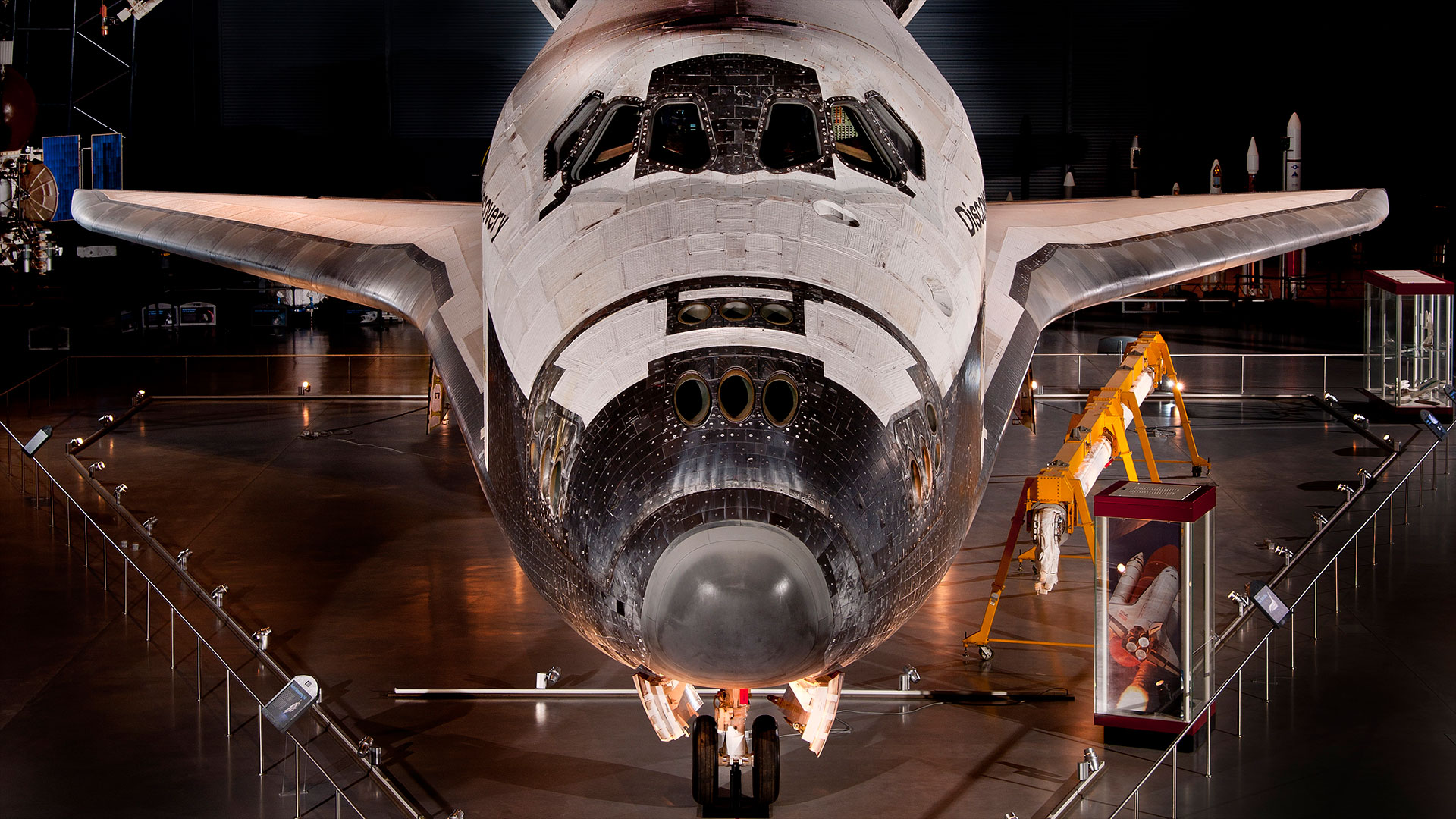SpaceX to Launch 60 'Starlink' Internet Satellites Thursday

This week, SpaceX will again try to loft the first 60 members of its Starlink internet-satellite megaconstellation.
If all goes according to plan, the 60 spacecraft will launch atop a Falcon 9 rocket Thursday at 10:30 p.m. EDT (May 23; 0230 GMT on May 24) from Florida's Cape Canaveral Air Force Station, SpaceX announced via Twitter today (May 20).
You can watch the liftoff — which will also feature a rocket-landing attempt on a ship at sea — here at Space.com when the time comes, courtesy of SpaceX or directly via the spaceflight company.
The Starlink satellites were originally scheduled to launch on May 15, but that attempt was called off due to high winds. SpaceX called off another try the following night to update software and conduct additional checks.
SpaceX envisions the Starlink network providing affordable internet access to people around the world. But that won't happen immediately; about 400 satellites will be needed to provide "minor" coverage and 800 for "moderate" coverage, SpaceX founder and CEO Elon Musk has said.
Now targeting May 23 for launch of Starlink from Pad 40 in FloridaMay 20, 2019
The constellation could grow far beyond those numbers, eventually consisting of up to 12,000 satellites, company representatives have said.
Thursday's launch will be the second to loft Starlink spacecraft. In February 2018, a Falcon 9 delivered to orbit two prototype craft called Tintin A and Tintin B. (The duo flew as secondary payloads; the primary spacecraft on the flight was the Paz Earth-imaging radar satellite.)
Breaking space news, the latest updates on rocket launches, skywatching events and more!
Starlink is a key part of SpaceX's ambitious exploration plans. The company plans to use revenue from the constellation to develop and build its Starship spacecraft and Super Heavy rocket, which are designed to take people to and from Mars and other distant destinations.
Several other companies see a lot of profit potential in big internet-satellite networks as well. For example, OneWeb and Amazon plan to construct megaconstellations of their own in the near future.
- See the Evolution of SpaceX's Rockets in Pictures
- In Photos: SpaceX's 1st Falcon Heavy Rocket Test Launch Success!
- Elon Musk: Private Space Entrepreneur
Mike Wall's book about the search for alien life, "Out There" (Grand Central Publishing, 2018; illustrated by Karl Tate), is out now. Follow him on Twitter @michaeldwall. Follow us on Twitter @Spacedotcom or Facebook.

Michael Wall is a Senior Space Writer with Space.com and joined the team in 2010. He primarily covers exoplanets, spaceflight and military space, but has been known to dabble in the space art beat. His book about the search for alien life, "Out There," was published on Nov. 13, 2018. Before becoming a science writer, Michael worked as a herpetologist and wildlife biologist. He has a Ph.D. in evolutionary biology from the University of Sydney, Australia, a bachelor's degree from the University of Arizona, and a graduate certificate in science writing from the University of California, Santa Cruz. To find out what his latest project is, you can follow Michael on Twitter.
